CAPE ELIZABETH — On Saturday evening, members of the Limington chapter of the Experimental Aircraft Association were trying to absorb the news that one of their members had died that day when his antique plane crashed in the woods near the Limington-Harmon Airport.
More than 12 hours later, they were serving a pancake breakfast to the hundreds of people who showed up for the chapter’s annual fly-in Sunday at Spurwink Farm, part of the 2,100-acre Ram Island Farm in Cape Elizabeth owned by the Sprague family.
Meanwhile, federal investigators arrived in Limington to begin their probe into the fatal crash of the 1942 Culver LFA, also known as the Culver Cadet. A spokesman for the National Transportation Safety Board, which is heading up the investigation, did not respond to phone messages or emails Sunday.
The pancake line passed by a small easel displaying three photos of a smiling man and a red single-engine 1942 Culver Cadet. The display was one of the few outward signs that chapter members were grieving for Clarke Tate, 52, of Gray. Members of the chapter declined to comment on Tate’s death as they fed the crowd of aviation enthusiasts who turned out for one of the more popular fly-ins in the region.
Tate had planned to attend the fly-in and pancake breakfast, a fundraiser for the chapter, and spent Saturday helping to get ready for the event.
His plane crashed around 4:45 p.m. Saturday, moments after taking off from the Limington airport. Chief Deputy William King Jr. of the York County Sheriff’s Office said a witness told police that Tate’s airplane made a quick turn to the left after leaving the runway before plunging to the ground.
The accident was the second fatal crash at the Limington-Harmon Airport in the past 11 months. Anthony Longley, 58, of Naples was killed in August when his Cessna 172 went down moments after taking off. Longley, who had a student pilot’s license, was the only person on board the four-seat airplane.
The Limington chapter of the Experimental Aircraft Association has dealt with tragedy in the recent past as well.
In August 2010, two of its members died when their small vintage plane crashed in a wooded area off Route 35 in Harrison. Killed were George Fortin, 68, of Naples and Tony Kalinuk, 73, of Harrison. Fortin’s plane – a single-engine 1946 Taylorcraft BC-12 – had flown out of the Limington airport earlier in the day.
Many of those present Sunday morning on the sprawling grounds at the mouth of the Spurwink River in Cape Elizabeth were hearing about Tate’s death for the first time.
“When I came here this morning I learned about it,” said Jason Wise of Kennebunk, a volunteer with the Civil Air Patrol’s Portland squadron who was helping to oversee the 30 planes land and take off.
Officials from the Federal Aviation Administration and the NTSB arrived at the Limington airport Sunday morning to begin their investigation. The York County Sheriff’s Office said the investigators examined mechanic logs and other documents. York County Sgt. Steven Thistlewood said he did not expect any results Sunday.
He said traffic had returned to normal Sunday at the small private airport owned by Mahmoud Kanj.
Tate was a two-year member of the Limington chapter of the Experimental Aircraft Association. He was headed to the Auburn-Lewiston Municipal Airport, the FAA said.
Tate was an experienced commercial pilot, according to his profile on LinkedIn, a social media website.
He most recently worked as a pilot of charter executive jets for Maine Aviation Corp., a full-service aviation company based in Portland. Before that he worked as a pilot for Wiggins Airways, a commercial freight carrier based in Manchester, New Hampshire.
His LinkedIn profile said Tate had worked as a pilot for several companies dating back to 2002.
According to records maintained by the FAA, Tate also owned and flew the Culver Cadet fixed-wing, single-engine plane that crashed Saturday. Tate’s plane was manufactured in 1942, records indicate.
The Culver Cadet is a wooden plane that was introduced to the flying community in 1939. It had a factory-guaranteed cruise speed of 120 mph and used only 4.2 gallons of fuel per hour. Designed by Al Mooney, the airplane originally sold for $2,395. A total of 359 Cadets were manufactured between 1939 and 1942, according to an article posted on the Aircraft Owners and Pilots Association website.
“The petite Cadet rapidly became America’s sweetheart, the darling of the sportsman pilot,” the article states.
Production of the airplanes ended so that the company could concentrate on the war effort and the construction of thousands of drones to serve as targets for anti-aircraft practice.
Some of those attending Sunday’s fly-in said Saturday’s accident was felt by the larger experimental aircraft community.
“But for them (the Limington chapter) it is a loss of a friend. They are a pretty close family,” said Willy Lewis of Cumberland.
Lewis keeps his amphibious ultralight plane in the hangar at Spurwink Farm’s private airstrip, where the black-and-white air sock matches the Belted Galloway cattle that graze in the surrounding fields.
Others said that although the accident was tragic, it did not make them question the safety of experimental aviation.
“The most dangerous part is driving to the airport,” said Marty Tetu of Silver Lake, New Hampshire.
Send questions/comments to the editors.



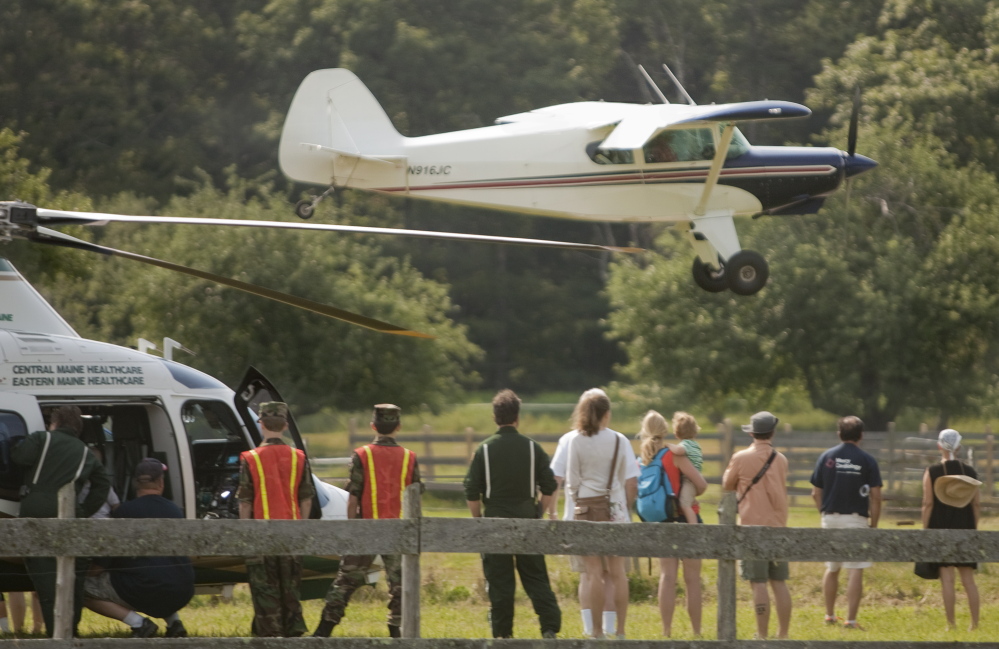
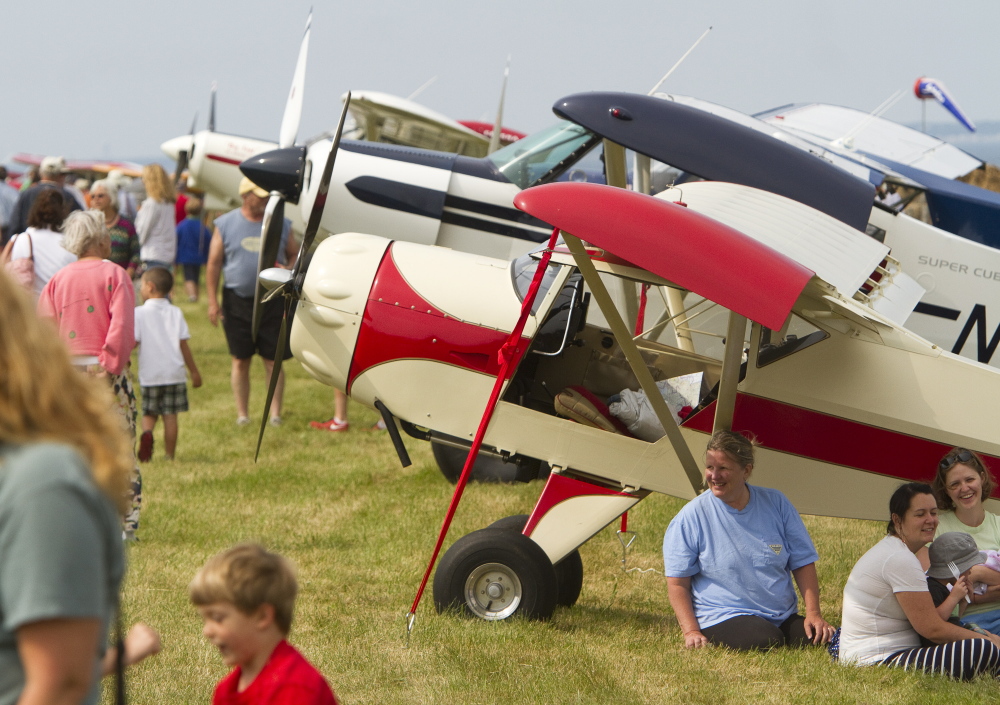
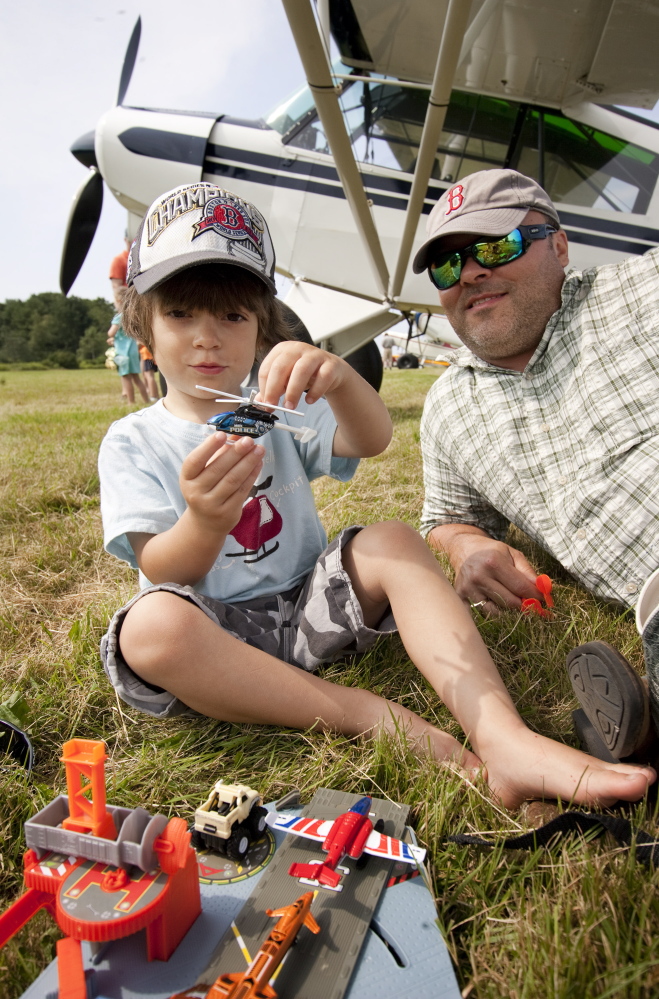
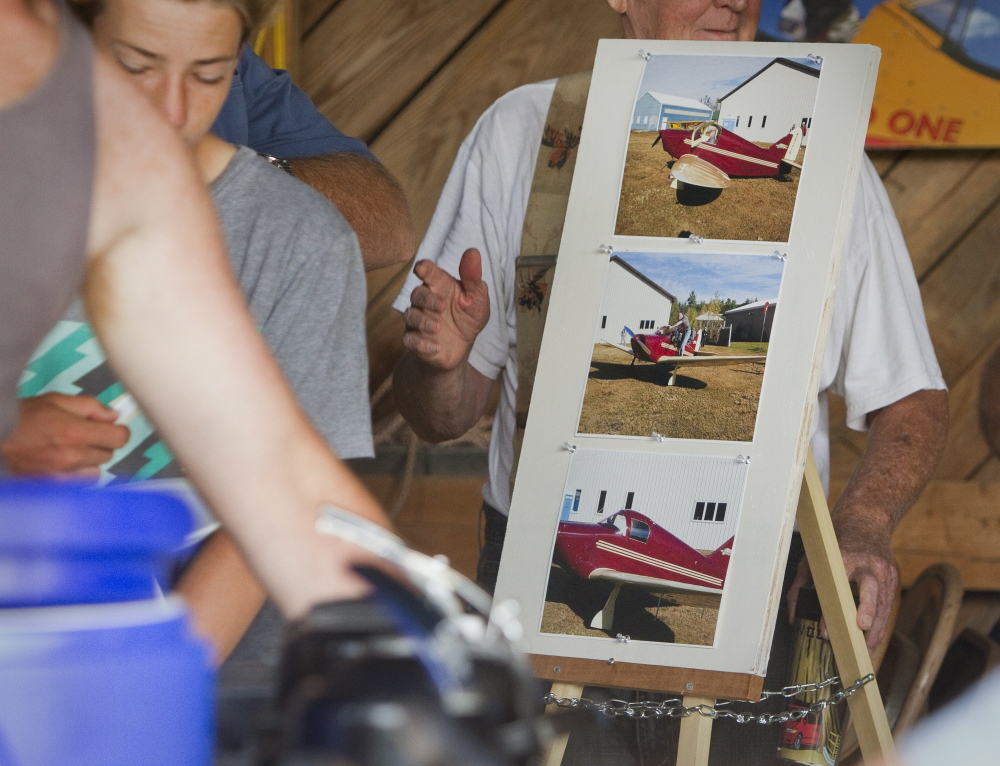
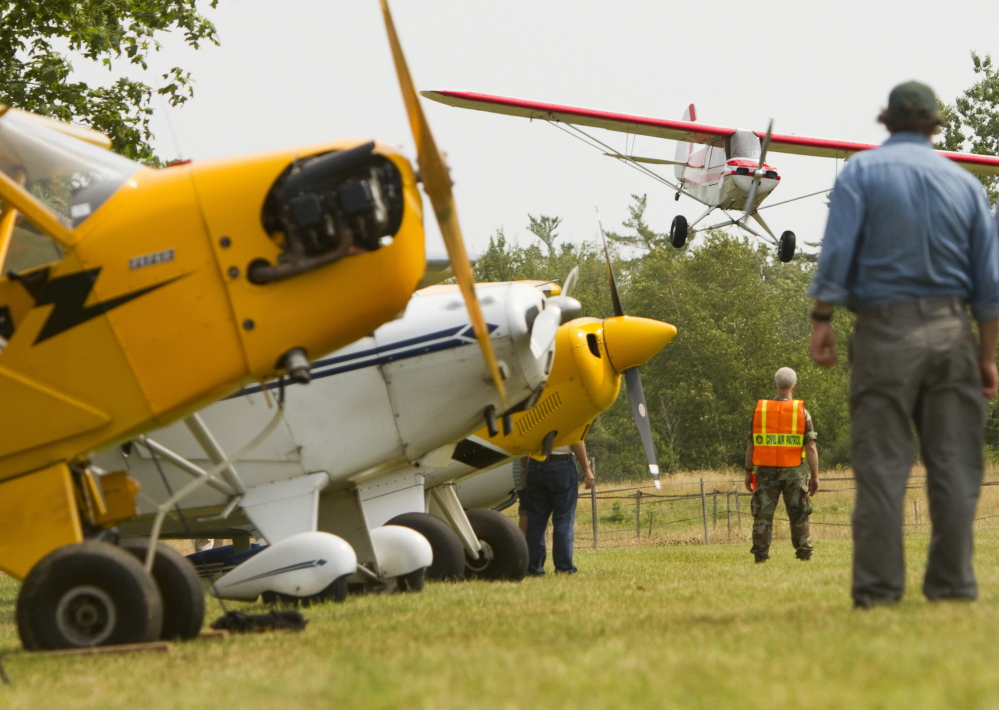
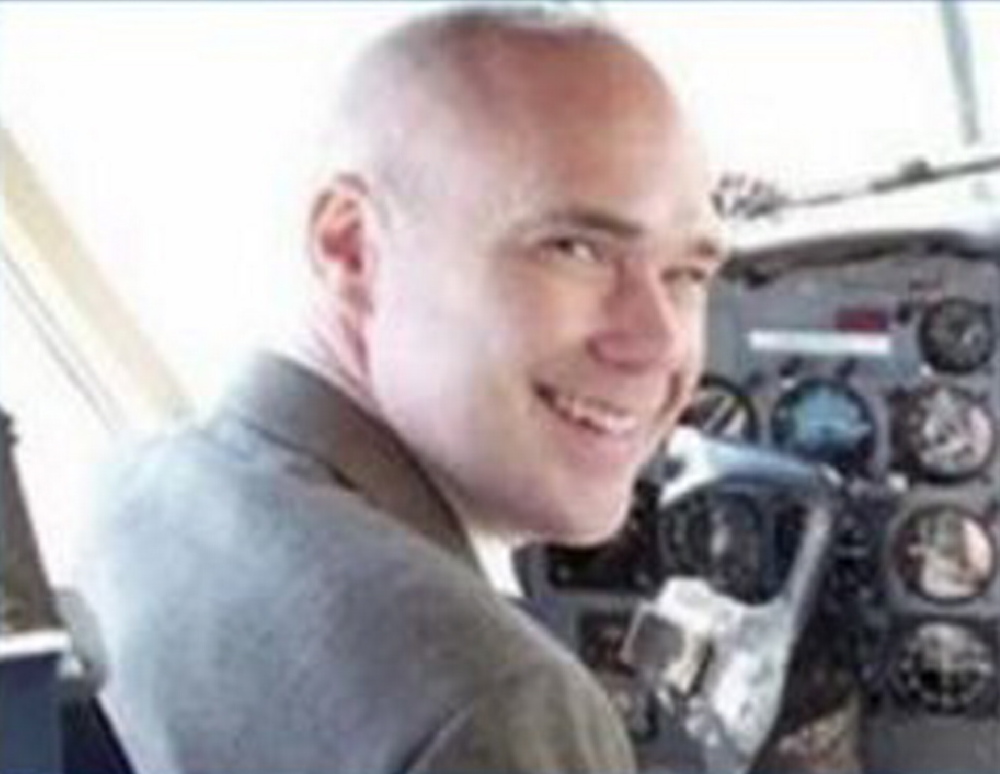

Success. Please wait for the page to reload. If the page does not reload within 5 seconds, please refresh the page.
Enter your email and password to access comments.
Hi, to comment on stories you must . This profile is in addition to your subscription and website login.
Already have a commenting profile? .
Invalid username/password.
Please check your email to confirm and complete your registration.
Only subscribers are eligible to post comments. Please subscribe or login first for digital access. Here’s why.
Use the form below to reset your password. When you've submitted your account email, we will send an email with a reset code.